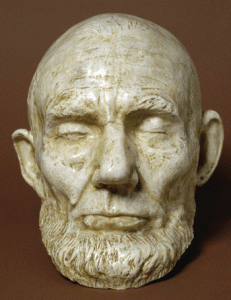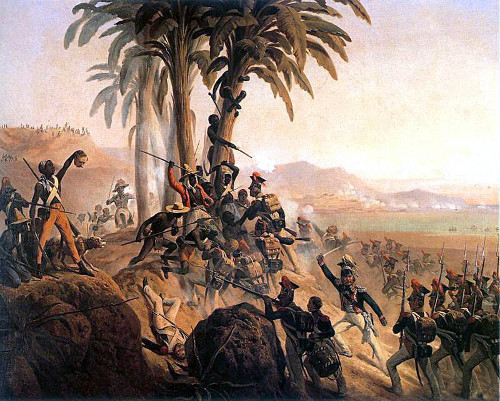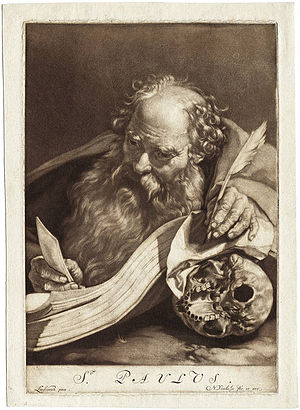 Until recently, I had never heard of the stories former slaves told regarding appearances of Abraham Lincoln in the antebellum South. But it turns out many freed slaves told stories they apparently believed to be true in which the president (or president to-be) showed up in person to find out what was really happening on Southern plantations.
Until recently, I had never heard of the stories former slaves told regarding appearances of Abraham Lincoln in the antebellum South. But it turns out many freed slaves told stories they apparently believed to be true in which the president (or president to-be) showed up in person to find out what was really happening on Southern plantations.
I think Abe Lincoln was next to [the Lord]. He done all he could for [the] slaves; he set ’em free. People in the South knowed they’d lose their slaves when he was elected president. ‘Fore the election he traveled all over the South and he come to our house and slept in the old Mistress’ bed. Didn’t nobody know who he was. (Bob Maynard, Weleetka, OK)While sojourning there, the disguised future president observed the ill treatment of the slaves. He noted their meagre pay: “four pounds of meat and a peck of meal for a week’s rations.”
He also saw ’em whipped and sold. When he got back up north he writ old Master a letter and told him he was going to have to free his slaves, that everybody was going to have to, that the North was going to see to it. He also told him that he had visited at his house and if he doubted it to go in the room he slept in and look on the bedstead at the head and he’d see where he writ his name. Sho’ nuff, there was his name: A. Lincoln. (Maynard)Other times, Lincoln appeared in disguise.
Lincoln came [through] Gallitan, Tennessee, and stopped at Hotel Tavern with his wife. They was dressed [just like] tramps and nobody knowed it was him and his wife till he got to the White House and writ back and told ’em to look ‘twixt the leaves in the table where he had set and they sho’ nuff found out it was him. (Alice Douglas, Oklahoma City, OK)Reading these tales, perhaps you reacted as I did, thinking of the appearance of Jesus on the Road to Emmaus:
28 As they came near the village to which they were going, he walked ahead as if he were going on. 29 But they urged him strongly, saying, “Stay with us, because it is almost evening and the day is now nearly over.” So he went in to stay with them. 30 When he was at the table with them, he took bread, blessed and broke it, and gave it to them. 31 Then their eyes were opened, and they recognized him; and he vanished from their sight. 32 They said to each other, “Were not our hearts burning within us while he was talking to us on the road, while he was opening the scriptures to us?” (Luke 24:28-32, NRSV)Of the two followers on the road, why is it, we wonder, do we learn only one of their names (Cleopas)? Why is the other anonymous? I think the narrative invites us as readers or listeners to put ourselves in the place of the actors. We are telling our disguised traveling companion what happened to Jesus. We ask the stranger to eat with us. Finally, Jesus reveals himself to us. More than just a story about recognition, in the Road to Emmaus, the evangelist relates a story about our participation in the presence of Christ. The appearances of Lincoln in the South are similar kinds of stories. William R. Black, in a highly perceptive article in The Atlantic, writes: Continue reading “Abe Lincoln Sightings in the South and a Trickster Jesus”




